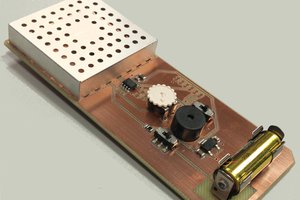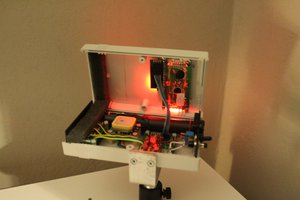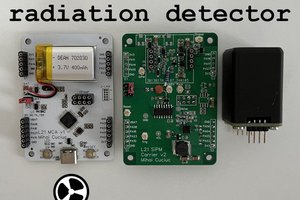Low-cost of-the-shelf SiPin photodiodes such as the BPW34F which have been featured in many DIY projects over the years seems the obvious choice. However these require significant amplification, very noisy and very susceptible to RFI. So can only be practically used as a simple gamma counter, with no energy resolution and has very low sensitivity having a very small aperture.
There are also specialist SiPin Photodiodes designed specifically for gamma ray and xray detection, but these are very expensive and difficult to source in small quantities. So the next best candidate are the medium range detectors usually with a 10mm x 10mm aperture. Current detectors I am testing include:
- Manufacture First Sensor Part # 5014450 - has visible light filter
- Manufacture First Sensor Part # PS100B-7-CERPINE - has visible light filter
- Hamamatsu Part # S3590 - no visible light filter
New part : as used in the Cosmic Pi 3x3mm Silicon PhotoMultiplier (SiPM) Manufactured by AdvanSiD - Part number - ASD-RGB3S-P, ASD-NUV3S-P this detector has to be used with a larger plastic or crystal scintillatior.
 Robert Hart
Robert Hart


 Carlos Garcia Saura
Carlos Garcia Saura
 Nikos
Nikos
 jaromir.sukuba
jaromir.sukuba
 mihai.cuciuc
mihai.cuciuc
X-ray now use a charged plate to image. But I wonder if you couldn't go 'retro' by using a rare earth screen material that glows in violet coupled with a PM to measure radiation. The older style x-ray cassettes used rare earth screens to lower radiation exposure to patients. The exposure could be reduced as much as 1200% compared to directly exposing film. There are various types or sensitivity of screen material available depending on how 'detailed' you desired your image tp be. I wonder if such material could be switched out to measure different intensity of radiation. I have noted that two micro-curie of Amercium-241 on the more sensitive screen material glows a nice violet with the lights off. By the way the Amercium was aquired by deconstruction of an old smoke detector.